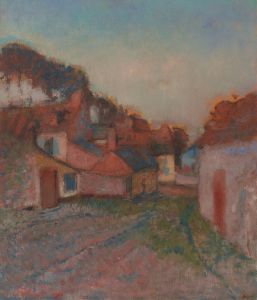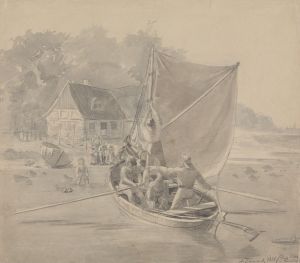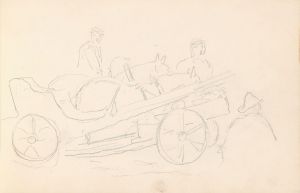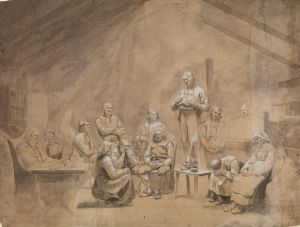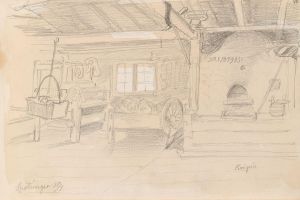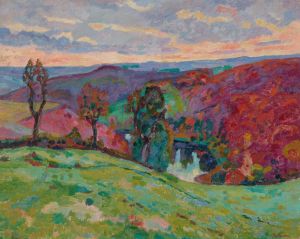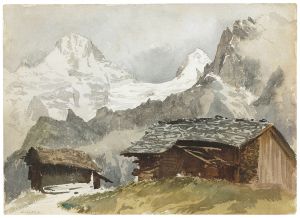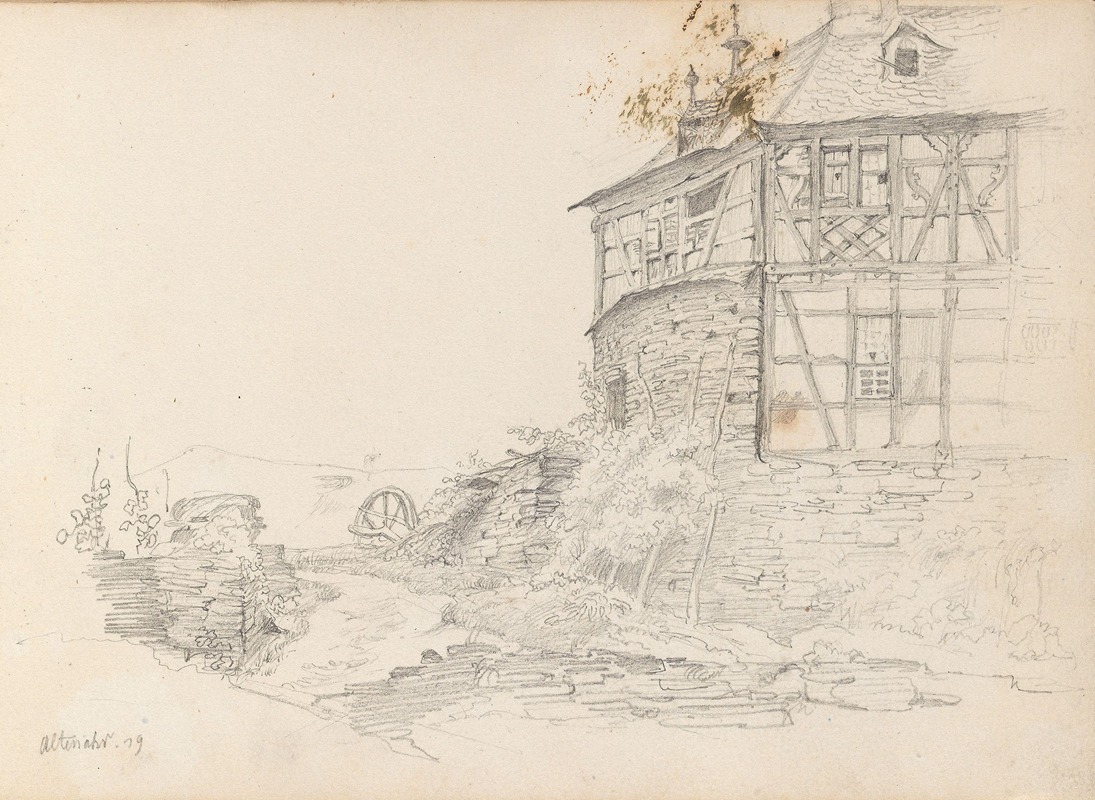
Fra Altenahr
A hand-painted replica of Adolph Tidemand’s masterpiece Fra Altenahr, meticulously crafted by professional artists to capture the true essence of the original. Each piece is created with museum-quality canvas and rare mineral pigments, carefully painted by experienced artists with delicate brushstrokes and rich, layered colors to perfectly recreate the texture of the original artwork. Unlike machine-printed reproductions, this hand-painted version brings the painting to life, infused with the artist’s emotions and skill in every stroke. Whether for personal collection or home decoration, it instantly elevates the artistic atmosphere of any space.
Adolph Tidemand was a prominent Norwegian painter in the 19th century, known for his detailed and culturally rich depictions of Norwegian life and landscapes. One of his works, "Fra Altenahr," showcases his ability to capture the essence of a scene with both artistic skill and cultural insight.
"Fra Altenahr" translates to "From Altenahr," indicating that the painting depicts a scene from Altenahr, a small town in Germany. Altenahr is located in the Ahr Valley, a region known for its picturesque landscapes and vineyards. This setting provided Tidemand with a rich tapestry of natural beauty to explore in his artwork.
Adolph Tidemand was born on August 14, 1814, in Mandal, Norway. He studied art at the Academy of Art in Copenhagen and later in Düsseldorf, Germany, which was a hub for artists during that period. The Düsseldorf School of Painting, which Tidemand was associated with, emphasized detailed and realistic portrayals of subjects, often with a focus on everyday life and landscapes. This influence is evident in "Fra Altenahr," where Tidemand's attention to detail and composition reflects the principles of the Düsseldorf School.
While specific details about the creation of "Fra Altenahr" are limited, it is known that Tidemand often traveled to gather inspiration for his works. His travels throughout Europe, including Germany, allowed him to experience different cultures and landscapes, which he then translated into his paintings. This practice was common among artists of the time, who sought to capture the essence of various locales and their inhabitants.
Tidemand's work is characterized by its narrative quality, often telling a story or capturing a moment in time. In "Fra Altenahr," this narrative element is likely present, as Tidemand was known for his ability to infuse his landscapes with a sense of life and activity. His paintings often included figures engaged in everyday activities, which added depth and context to the scenes he depicted.
Throughout his career, Tidemand received numerous accolades for his work, and he remains a significant figure in Norwegian art history. His paintings are celebrated for their technical skill, cultural insight, and ability to convey the spirit of the places and people he portrayed. "Fra Altenahr" is a testament to Tidemand's talent and his dedication to capturing the beauty and diversity of the world around him.
Today, Adolph Tidemand's works, including "Fra Altenahr," are held in high regard and can be found in various art collections and museums. They continue to be studied and appreciated for their contribution to the understanding of 19th-century art and culture. Tidemand's legacy as a painter who bridged the gap between Norwegian and broader European artistic traditions endures, and his works remain a source of inspiration for art enthusiasts and historians alike.








